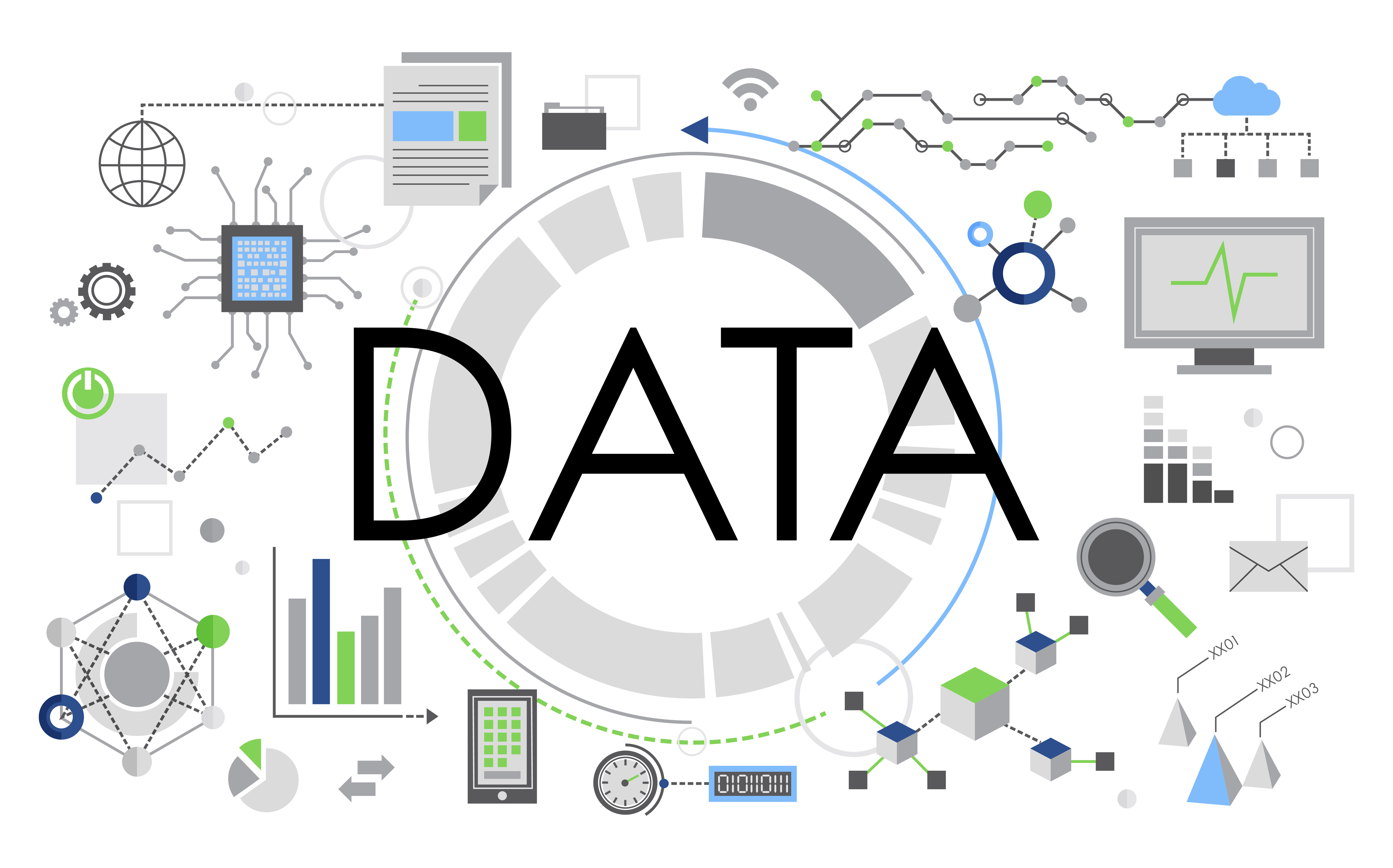OUR SERVICES

Cloud & Cyber Security
Our Devops brings AWS Experiences to scale our SaaS products in a highly secured cloud environments

SaaS Solutions Development
Our SaaS products development is being done by Software Engineers Experts

User Experiences
Our products are being designed by the most modern UX best practises, in order to provide smooth end-user experiances and maximize day-to-day user comfortability.

NoSQL Technology
The proposed schema is able to store the real-time data generated in a supply chain with low latency.








